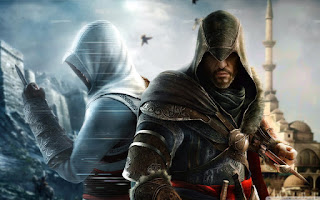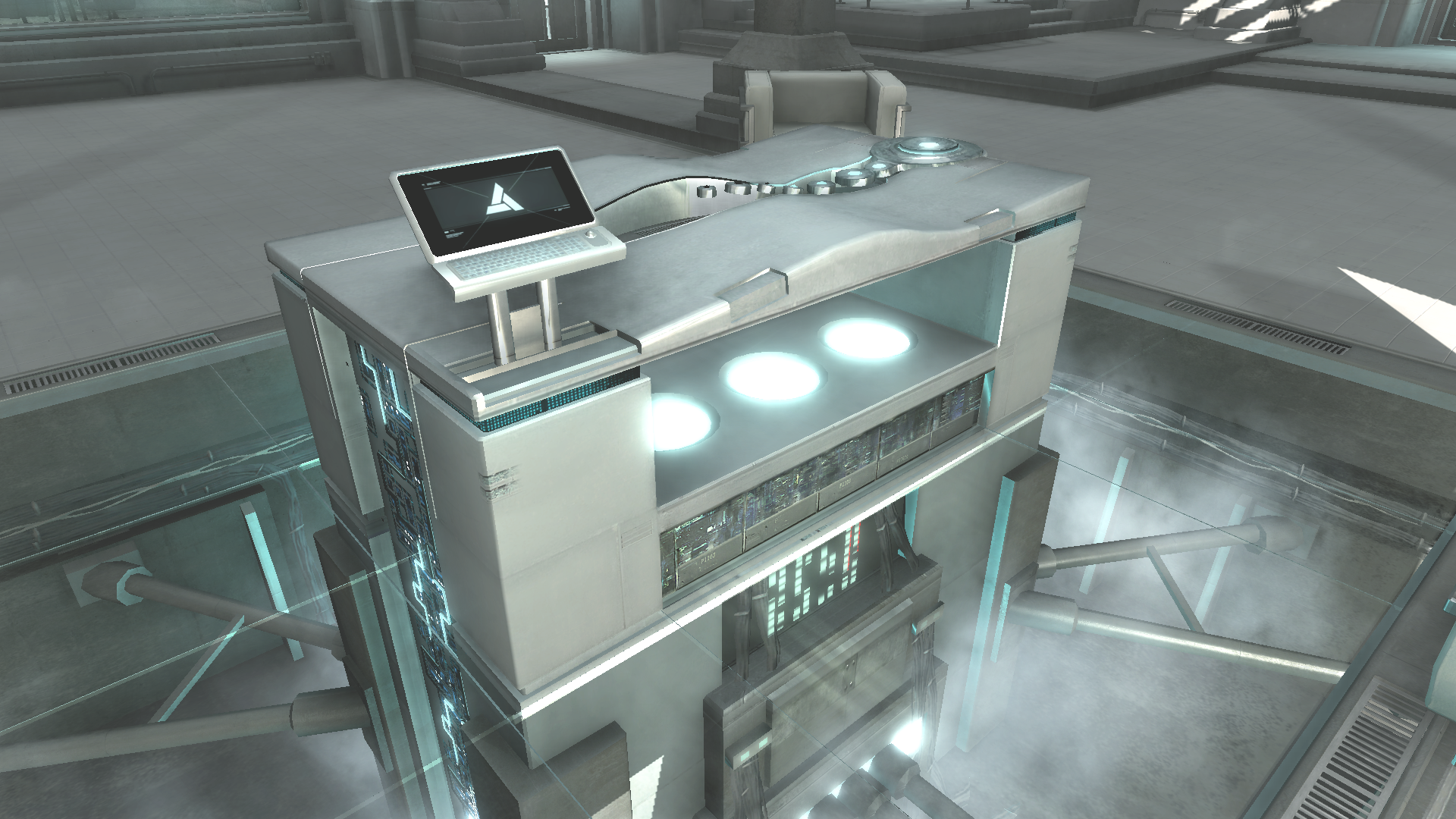History In Your Console
Last part I talked about how Assassin’s Creed series had a
compelling hypothesis as it’s background.
Read Part I here: The Creed Relations Part I
That is not the only interesting part
about these video games. It is not even the most interesting part. If you talk
to great authors, directors or script writers, they will tell you about the
extensive research they do before they publish their projects. It has been seen
that the more research they do, the more interesting the series is. Video games
generally follow the same pattern. Through extensive research, the designers of
Ubisoft have copied the housing style, the city plan style, even the
architecture and road designs perfectly.
From the first game till the most recent, they have already
copied the styles of:
 |
| The Assassin World |
Most impressive of these were Italy and France in the
respective times. They not only portrayed the cities and buildings perfectly,
but also the people and their livelihood. From the begging streets of lower
Paris to the free thinking people of Florence to the feared pirates ruling the
seven seas, every aspect of the time periods have been portrayed perfectly.
The city wasn’t the only thing they used from history. Two
other things were used directly from history. Historical events and a bunch of
famous people.
The first game was entirely based on the crusades. It was
not only based, but was intricately linked with each of the events happening
during the war. As is known now, most of the war happened behind the scenes. An
assassination here, a robbery there. These events were linked to the bigger
picture. However the game did not use much of the historical characters that
were important to the time, mainly because nobody stood out. The story in
itself was pretty repetitive till the end, which held a really great plot
twist. This game featured a Master Assassin called Altair Ibn La-Ahad. The
assassins held a neutral position during the war. The game showed cities like Masyaf, Acre and Damascus.
 |
| Altair in AC I |
The second part of this series has 3 sub-divisions:
Assassin’s Creed 2, Assassin’s Creed Brotherhood and Assassin’s Creed
Revelations. All three features Ezio Auditore da Firenze as the protagonist.
The first part is based in different parts of Italy: Florence, Tuscany and
Venice. The second part is based in Rome. Both these portray Italy during late
Renaissance. The third is based in Istanbul during the downfall of the Ottoman
Empire. It shows Ezio’s journey from joining the assassins to becoming their
Il-Mentore (The Mentor). It mainly deals with the ascension of the Borgia
family to the position of Pope. The entire series was cast during a time of peace
(military-wise). The Ezio story arc is widely accepted as the best Creed game
throughout the series and the best games of it’s time. This storyline featured
characters like Leonardo Da Vinci, Nicolo Machiavelli, Rodrigo Borgia, Cesare
Borgia, Lorenzo de Medici, Stefano de Medici, to name but a few. The story made
them side with the Assassin’s or the Templars. None were kept neutral. Da Vinci
especially was shown a lot. So were his gadgets and methods. Seemingly, Ezio
was the first one to use Da Vinci’s flying machine. Revelations takes us to Istanbul where we see Ezio trace the story of Altair after he gets the piece of Eden, and enlightens him to the real meaning of his life and journey.
 |
| Ezio in AC II |
 |
| Ezio and his band in AC Brotherhood |
 |
| Ezio and Altair in Revelations |
The third part was simply called Assassin’s Creed III. It
was based during the American Revolution. This game, unlike it’s predecessor,
kept most of the characters neutral. It showed people like George Washington,
Benjamin Franklin, Charles Lee, and many other historical figures critical to
the revolution. Seemingly, the assassins supported the revolution, while the
Templars were using the British to gain unlimited access to the American soil.
The cities of Boston and New York were portrayed with the highest amount of
details. The story in itself was intricately linked to the revolution. George
Washington and his exploits were followed pretty closely. The protagonist of
the story is a Native Indian by the name Ratonhnhaké:ton who takes the name
Connor Kenway after his father Haytham Kenway. This story shows an Assassin
born to a Templar, and explores the gray area of which faction’s ways are
correct.
 |
| AC III Connor Kenway in Boston |
The fourth part was Assassin’s Creed IV: Black Flag. It was
based during the Golden Age, when fearsome pirates sailed the seven seas and no
cargo was safe from their hands. It had cities like Havana, Kingston, Havana
and a ton of other locations. The Caribbean was built to reflect the time to
the smallest details, including the ships and weaponry. It also contained a few
Mayan ruins to explore. The game showed fearsome pirates like Blackbeard
(Edward Thatch), Rackham, Anne Bonny and Charles Vane. Most were neutral
tending to side with the Assassins. The protagonist of this story is a pirate
named Edward Kenway, grandfather of Connor and father of Haytham.
 |
| Edward Kenway, his ship The Jackdaw sailing the Caribbean |
The fifth part was Assassin’s Creed V: Unity. It was based
during the French Revolution, and unlike the other Revolution story, it was
only partially linked to the events of the actual revolution. Showing
characters like Francois-Thomas Germain and Napoleon Bonaparte as critical
characters and ultimately revealing Germain as the main antagonist in the
story, the game also shows the hunger stricken pot-belly and the upper society
of Paris. It was portrayed in such a way, that one can truly feel the need for
the revolution. The main protagonist of this game is Arno Victor Dorian, son of
an assassin, adopted by the Templar grand-master after his father’s
assassination.
 |
| AC Unity Paris view from a View Point |
The sixth part is set to be out this October and will be
based in London. The game will be called Assassin’s Creed Syndicate. Waiting to
see how they portray London during the gang war time.
 |
| AC VI: Syndicate |
Upcoming: Part III: A journey in pictures through the different worlds created by Ubisoft.
 |
| Part III coming up!! |




